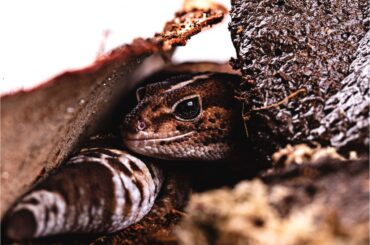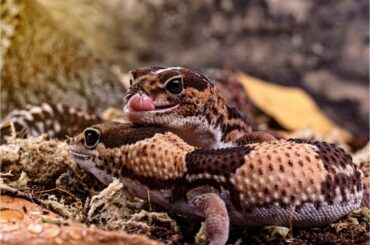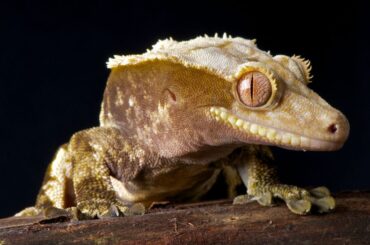Have you ever looked at your crested gecko and wondered, Why is my gecko turning white? or Do crested geckos change colors? Crested geckos make fascinating house pets, known for their vibrant colors and unique personalities. But sometimes, their colors seem to fade, leaving owners puzzled.
Keeping an eye on your crested gecko’s health and appearance is crucial. These little critters go through a shedding process that can affect their color. However, a pale gecko might also signal something more serious.
Intrigued? Keep reading to discover what could happen with your colorful friend.
7 Common Reasons for Crested Gecko’s Pale Appearance
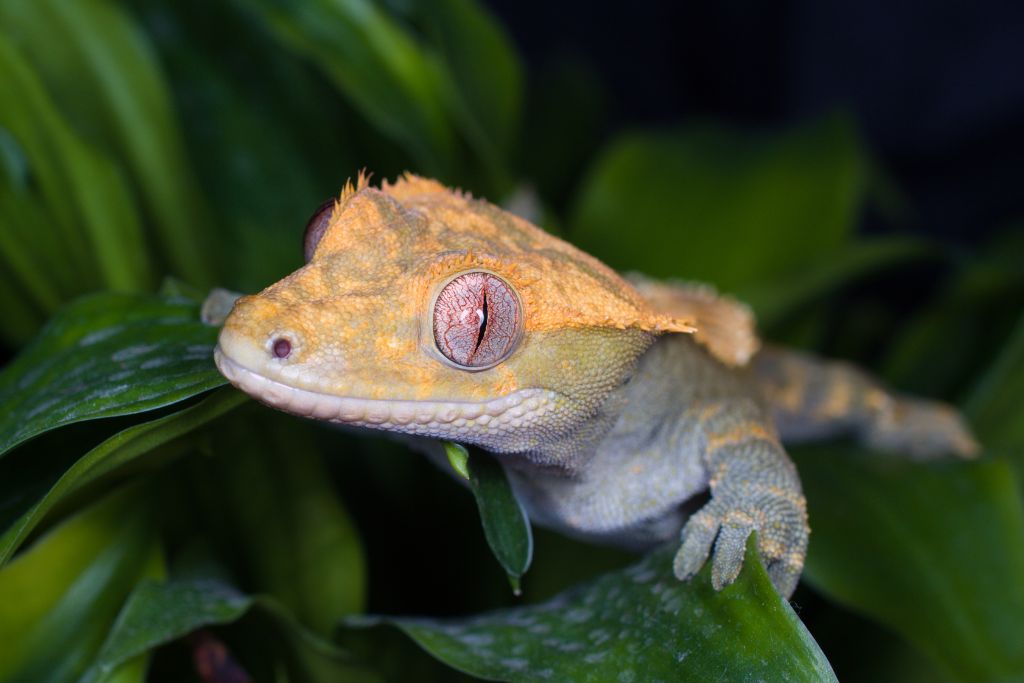
Is your crested gecko looking a bit off-color? Don’t panic just yet. Several factors can cause your gecko to turn pale. Let’s dive into some of the most common reasons.
Shedding Season
Crested geckos shed their skin to allow for growth and to get rid of damaged or worn skin. Younger geckos shed more often, sometimes every week, as they grow rapidly. As they age, the frequency decreases to about once a month. Before shedding, you’ll notice your gecko’s skin turning dull, almost whitish. This is a sign they’re preparing to shed.
Stress
Stress can also make your crested gecko look pale. Loud noises, frequent handling, or a new environment can stress out these sensitive creatures. If stress continues for a long time, you might notice your gecko’s colors fading. Watch for stressors and try to make your pet’s life as chill as possible.
Nutritional Imbalances
Your crested gecko needs a balanced diet to stay vibrant and healthy. Lack of essential nutrients, like calcium or vitamin D3, can lead to a pale appearance. If you skimp on nutrition, you’re setting the stage for more severe health issues.
Health Issues
Sometimes, a pale gecko is a sick gecko. Illnesses, mouth rot, parasites, and impaction can all cause your pet to lose their color. If the paleness persists or comes with other symptoms, don’t hesitate – get your gecko to a vet for a thorough check-up.
Shedding Complications and Retained Skin
Shedding usually goes smoothly, but not always. Problems can arise, like retained skin or incomplete shedding. These issues can cause discomfort and even lead to infections. Keep an eye out during shedding season.
Environmental Factors
The space where your gecko lives matters. Too hot or too cold, and you might find your pet turning pale. Humidity levels also play a role. Make sure you’ve got the temperature and moisture levels just right in your gecko’s enclosure.
Dehydration
Geckos can get dehydrated, just like us. Their skin can look dull and lose its usual vibrant color when they do. Always make sure fresh water is available, and keep an eye out for signs of dehydration.
Common Myths and Misconceptions
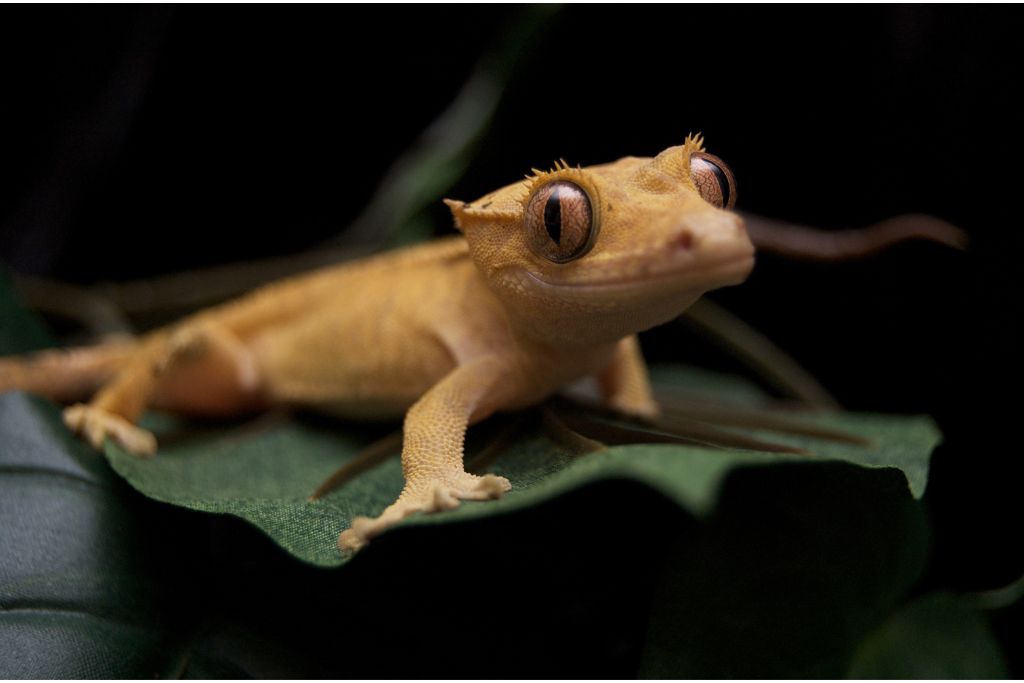
Crested geckos’ color changes have been the subject of many crazy tales. The belief that they become white to blend in is widespread. They don’t change color. Pale geckos are also thought to be aging. Health and other things, like nutrition and stress, impact their color, not age.
Another myth that floats around is the idea of “mood colors.” Some folks believe a happy gecko will show off vibrant colors, while a sad or stressed one will turn pale. Stress can change your gecko’s color, but don’t assume their attitude.
Next time you hear one of these myths, you’ll be better informed. Avoid these myths and monitor your gecko’s health and looks.
When to Seek Veterinary Help
If your crested gecko stays pale for too long, it’s time to get professional help. A lingering pale color could mean underlying health issues, like parasites, nutritional deficiencies, or even more severe conditions. Don’t ignore other symptoms, either. If your gecko shows signs of lethargy, loss of appetite, unusual behavior, and color change, that’s a red flag.
Taking action early can make a huge difference in your pet’s health. A vet can run tests and give you a precise diagnosis. From there, you can determine the best action to return your gecko to its vibrant self. If you notice persistent paleness or other worrying signs, don’t wait. Book that vet appointment.
Day-to-Day Care Routine
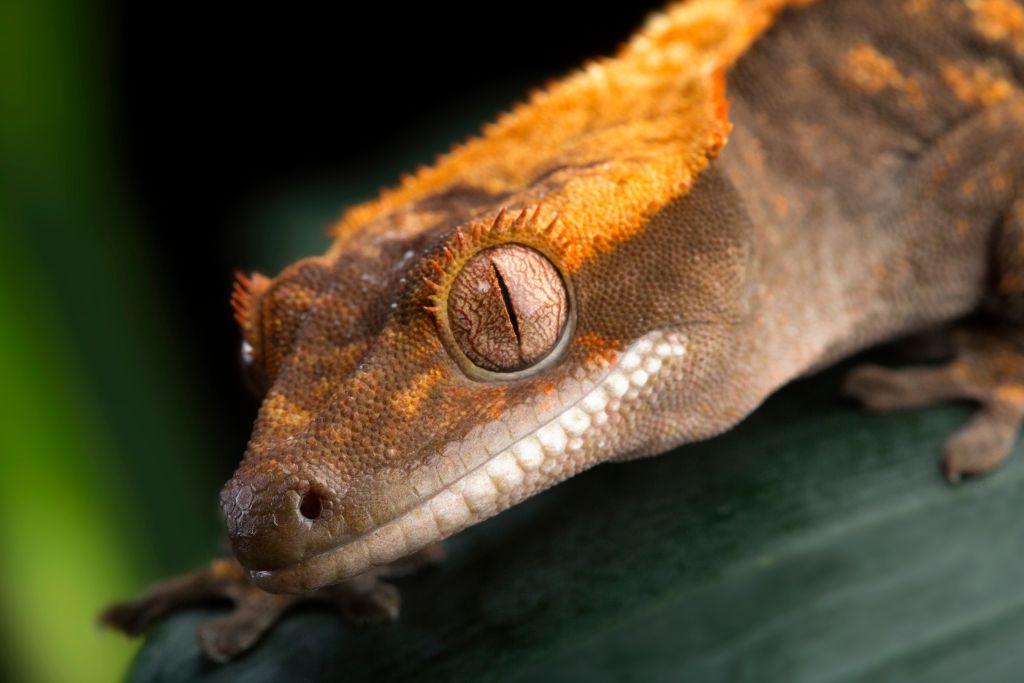
Consistency is critical in keeping your crested gecko vibrant and healthy. Set a daily routine that includes checking their enclosure’s temperature and humidity. Ensure you’re feeding them a balanced diet, rich in essential nutrients. Clean their enclosure regularly to prevent bacterial growth.
A well-maintained environment and routine checks can go a long way in keeping your gecko’s color bright and their health in top shape.
Supplements and Diet Enhancements
Feeding your crested gecko the right stuff can do wonders for their color and overall health. Calcium and vitamin D3 supplements are often recommended to keep those vibrant hues shining. Some gecko owners even go the extra mile with specialized, color-enhancing foods.
Chat with your vet before changing your gecko’s diet. Too many supplements can lead to health issues. Your vet can guide you in crafting a balanced diet that meets your pet’s needs without going to extremes. After all, a well-fed gecko is usually a colorful, happy gecko.
If you’re considering diet changes to improve your pet’s color, get professional advice first. It’s the best way to ensure you make the right choices for your scaly friend.
Care and Support
Keeping a close eye on your crested gecko is critical. Changes in behavior or appearance, like turning white, can be early warning signs. Don’t just assume they’re going through a phase. Sometimes, these changes can signal something more serious.
When shedding season rolls around, your gecko could use a little help. A humid hide can make the process easier for them. You can also mist their enclosure lightly to keep the humidity up. But don’t go overboard; too much moisture can lead to other problems.
Conclusion
We’ve covered a lot of ground, from debunking myths about why crested geckos change colors to discussing when it’s time to seek veterinary help. Remember, a pale gecko isn’t always a cause for alarm but a sign to pay attention to. Factors like shedding, stress, and diet can all play a role.
Watch your little friend, and don’t hesitate to take action if the paleness persists. Your gecko’s well-being relies on the environment you provide and the care you give. A stress-free space, proper nutrition, and regular check-ups can make a difference. Go ahead and make your gecko’s home a happy one. You’ll both be better off for it.
FAQs
Do Crested Geckos Change Colors?
Yes, they can change colors due to shedding, stress, and diet, but it’s usually not for camouflage.
Why is My Gecko Turning White?
Your gecko could be shedding, stressed, or experiencing health issues. If the paleness persists, consult a vet.


